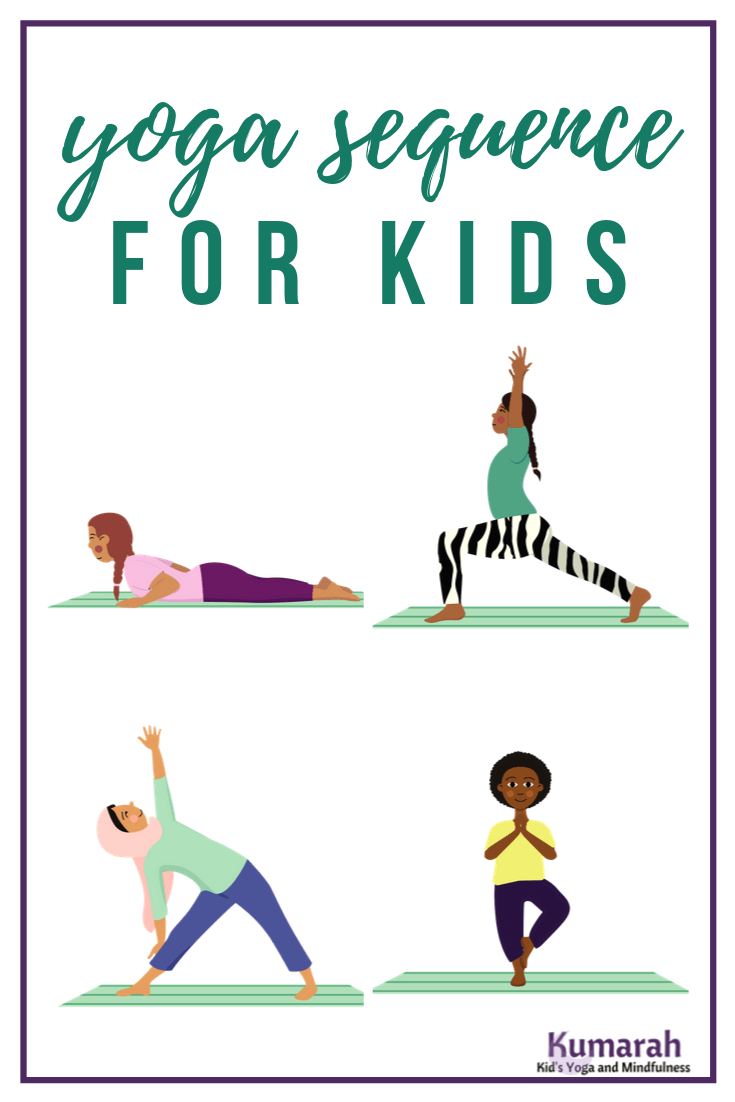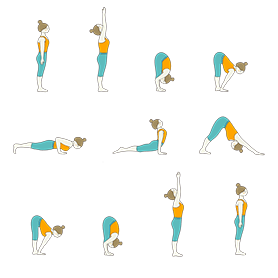
Savasana (or restorative pose) is one that requires the practitioner to be in a relaxed, comfortable position. This pose, also known as Mritasana or Corpse pose, is used to end a yoga class. This pose is important for yoga nidra meditation. Consequently, savasana plays a crucial role in Restorative Yoga. This pose is one of the most common positions used during a yoga class.
Sukhasana
Sukhasana can be described as a type of yoga posture. For this pose, the practitioner should turn towards the right side of their body and then relax for 30-60 seconds. The right hand is placed on the floor to provide support and grounding while the body is in Sukhasana. To be able to see the surroundings, the practitioner must open his/her eyes. The feet can rest below the opposite thighs or pointed upwards.
Sukhasana is an extremely comfortable sitting pose that can be used for meditation and breathing exercises. It can also help align the spine and reduce stress and anxiety. In addition, it strengthens the knees and ankles.
Pose of a corpse
Shavasana also known by the names Corpse Pose or Mritasana is a commonly used relaxation pose among yoga practitioners. It is used as a way for yoga practitioners to wind down at the end of a class. It is also a common position during yoga nidra meditation. Restorative Yoga includes the corpse position.

When in Corpse Pose your arms and legs will be stretched towards the ceiling. Your back should be wide and your shoulder blades should not touch your spine. After five minutes you can roll yourself out from the pose. The corpse posture is a meditative position that can help you understand the true meaning behind yoga.
Side-lying savasana
Savasana is a powerful, expansive pose. You can make it easier for your spine by separating your legs and keeping your arms apart from your sides. To create a more contained feel, you can also bring your knees closer together. You can release tension from your hip flexors and iliopsoas muscles by placing a bolster or folded blanket under your knees.
Women who are pregnant often feel uncomfortable lying down on their backs. This is because the pressure on the inferior vena cava, a vein that returns blood from the baby to the mother's heart and brain, may be reduced. A bolster, which can be shaped or sized to fit the woman's body, can help create a comfortable savasana position.
Props for savasana
Props can make a big difference in your practice of Savasana. You can use a blanket for support in certain poses and to cover your entire body during savasana. These are great for helping you relax and ease into the pose.
To support your lower back and maintain the position, you could use bolsters. These can be extremely beneficial for those suffering from lower back pain, or sensitive in the tailbone. These can be used to help those who feel uncomfortable facing the ceiling. Young women may feel uncomfortable facing the ceiling during puberty. To prevent this, a bolster can be used. This is especially helpful for yoga teachers who teach teenagers.

Benefits of savasana
Savasana is an extremely relaxing posture that helps to calm the nervous system. It promotes interoception, which is linked to autonomic nervous system and motor control. This system controls many body functions, including digestion. Interoception has strong connections to subjective feeling state. Practice of savasana enhances awareness of breathing patterns as well as a feeling calm.
Shavasana provides a buffer in between daily activities and physical training, making it a great post-workout sleep. This helps to lower blood pressure and heart beat, making it especially beneficial for those with high blood pressure. Practicing savasana is also a great way to become aware of your energy and improve your focus.
FAQ
I already do some type of exercise. Can I still benefit from yoga?
Yes! Yes! Yoga can improve your training results, even if you're not very active. When you combine yoga and other exercises like running, biking, swimming, or lifting heavy weights, you will see more results.
This is because yoga helps focus on correct breathing techniques which can help you burn calories quickly.
You can also improve your endurance. No matter your level of experience, yoga can bring you the benefits.
What type of yoga are you looking for?
Yoga is great to do for anyone of any age and level of fitness. It's a great way for people to stay healthy and fit. People who have tried yoga report feeling healthier both physically and mentally. Yoga makes people happier and calmer.
Yoga is more than exercise. It is a way to live that includes breathing exercises and stretching.
There are many types of yoga. There are many types of yoga. Some focus on strength training while others emphasize relaxation.
Your preference in yoga is what will guide you which type of yoga you choose. Iyengar is great for flexibility. Or if you want to tone your muscles, go for Ashtanga yoga.
Are yoga mats expensive?
A high-quality yoga mat costs between $20-$100 depending on its size and material type.
Do I need special equipment?
You don't need any special equipment to practice yoga. However, you may prefer using specific props such as blocks, straps, and blankets.
If you are interested, take a look at our Yoga Equipment Guide. We recommend that you choose products made from natural materials over plastic.
Is yoga associated with side effects?
Like all forms of physical activity, yoga has some potential risks. Injury is the main danger. It is important to know how to safely perform each pose.
If you're just starting yoga, you may feel dizzy and faint standing on your head.
This is caused by blood pooling in your brain. This sensation will quickly go away, but don't panic.
Do you feel chest pains when doing downward-facing dog? Don't hold the breath. You'll only increase your heart rate and make things worse.
Statistics
- In comparison, a 125-pound person is estimated to burn 135 calories in 30 minutes of walking (at a pace of 15-minute miles) and 210 calories bicycling at a moderate pace on a stationary bike. (everydayhealth.com)
- Gentle yoga has been shown to ease some of the discomforts of tender, swollen joints for people with arthritis, according to a Johns Hopkins review of 11 recent studies. (hopkinsmedicine.org)
- According to calorie estimates calculated at Harvard Medical School, the average 125-pound person burns about 120 calories in a half hour of hatha yoga, and a 185-pound person burns about 178 calories in that half hour. (everydayhealth.com)
- About one in seven U.S. adults practiced yoga in the past 12 months, according to a 2017 national survey. (nccih.nih.gov)
- Start your Fall off right with 20% off All Access Membership when you sign up by 9/25! (corepoweryoga.com)
External Links
How To
Can I do yoga during pregnancy?
Being pregnant can impact your ability to perform certain poses safely. You should always consult your doctor before starting a new workout program.
There are many poses you could still do while pregnant. These are some ideas:
-
Pregnant women shouldn't lift weights above shoulder level. Instead, use lightweight resistance bands or dumbbells.
-
Avoid deep twists. This could put pressure on the belly.
-
Try to avoid backbends until you give birth. They can strain your lower back.
-
To deliver your baby safely, you should not be seated cross-legged or lying on your stomach.
-
Do not do inverted poses such as headstands or handstands unless your doctor has cleared you.
-
Keep your practice time to no more than 30 minutes per day
Yoga can be continued throughout pregnancy if you are ready. Your doctor can help determine when you are ready and when to stop practicing yoga.